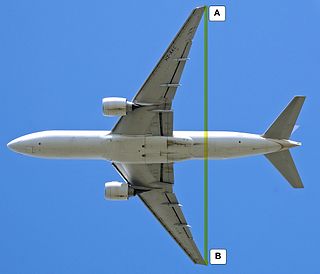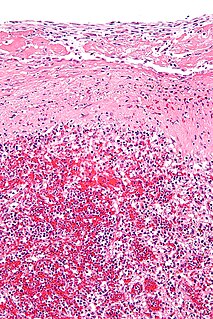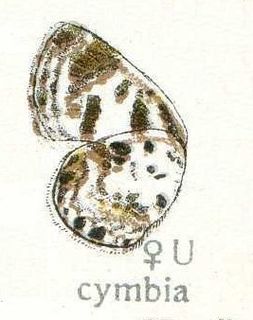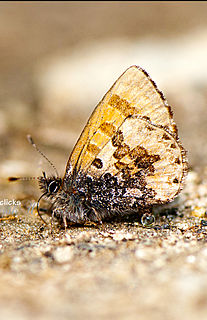| Piletocera agathanalis | |
|---|---|
| Scientific classification | |
| Kingdom: | |
| Phylum: | |
| Class: | |
| Order: | |
| Family: | |
| Genus: | |
| Species: | P. agathanalis |
| Binomial name | |
| Piletocera agathanalis Schaus, 1924 | |
Piletocera agathanalis is a moth in the family Crambidae. It was described by William Schaus in 1924. It is found in Panama. [1]

Moths comprise a group of insects related to butterflies, belonging to the order Lepidoptera. Most lepidopterans are moths, and there are thought to be approximately 160,000 species of moth, many of which have yet to be described. Most species of moth are nocturnal, but there are also crepuscular and diurnal species.

The Crambidae are the grass moth family of lepidopterans. They are variable in appearance, the nominal subfamily Crambinae taking up closely folded postures on grass stems where they are inconspicuous, while other subfamilies include brightly coloured and patterned insects which rest in wing-spread attitudes.
William Schaus was an American entomologist who became known for his major contribution to the knowledge and description of new species of the Neotropical Lepidoptera.
The wingspan is about 18 mm. The forewings are whitish, the costa, cell and postmedial space before the line suffused with purplish brown and the termen with fuscous. There is a fuscous spot at the base of the costa and a spot near the base of the inner margin. The antemedial line is fuscous and there is a fuscous-black line on the discocellular, forming part of a fainter medial line. The postmedial line is rather remote, fuscous, vertical to the discal fold and minutely wavy. There are some faint terminal dark points. The hindwings are semihyaline (almost glass like) and whitish. The termen is suffused with purplish brown and there is a black point on the discocellular, as well as a dentate postmedial fuscous line and a fuscous terminal line. [2]

The wingspan of a bird or an airplane is the distance from one wingtip to the other wingtip. For example, the Boeing 777-200 has a wingspan of 60.93 metres, and a wandering albatross caught in 1965 had a wingspan of 3.63 metres, the official record for a living bird. The term wingspan, more technically extent, is also used for other winged animals such as pterosaurs, bats, insects, etc., and other fixed-wing aircraft such as ornithopters. In humans, the term wingspan also refers to the arm span, which is distance between the length from one end of an individual's arms to the other when raised parallel to the ground at shoulder height at a 90º angle. Former professional basketball player Manute Bol stands at 7 ft 7 in (2.31 m) and owns one of the largest wingspans at 8 ft 6 in (2.59 m).

A hyaline substance is one with a glassy appearance. The word is derived from Greek: ὑάλινος transparent and Greek: ὕαλος crystal, glass.

